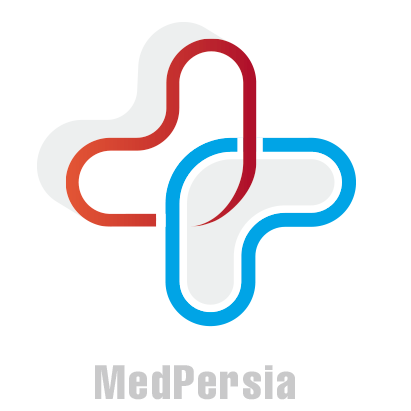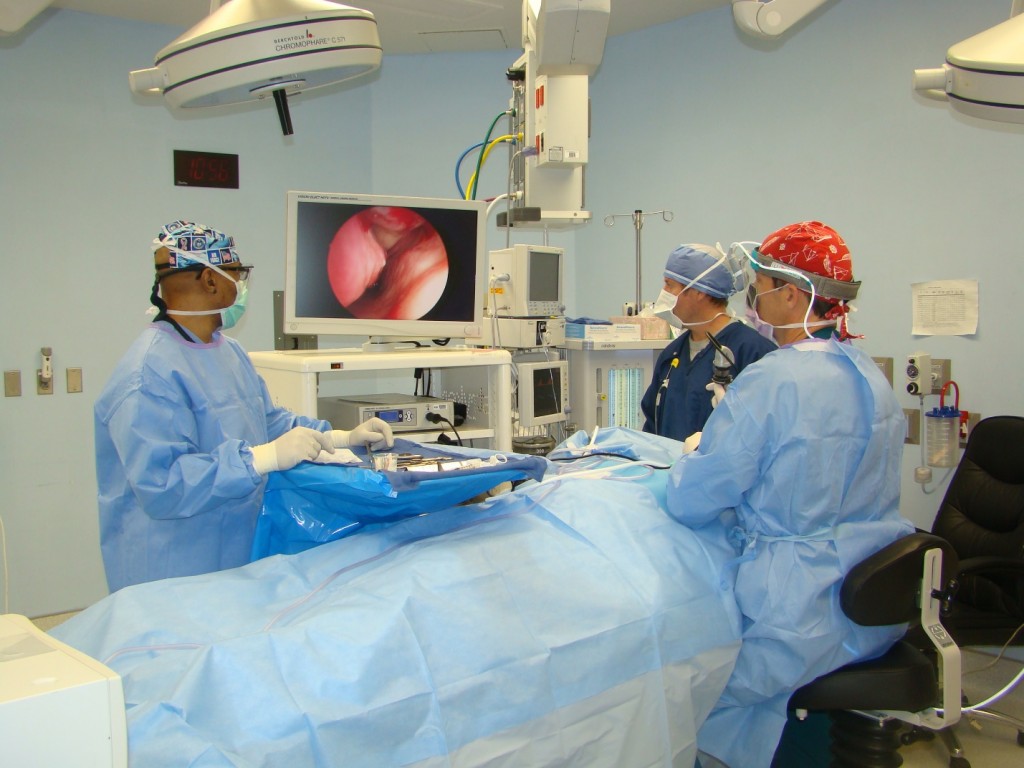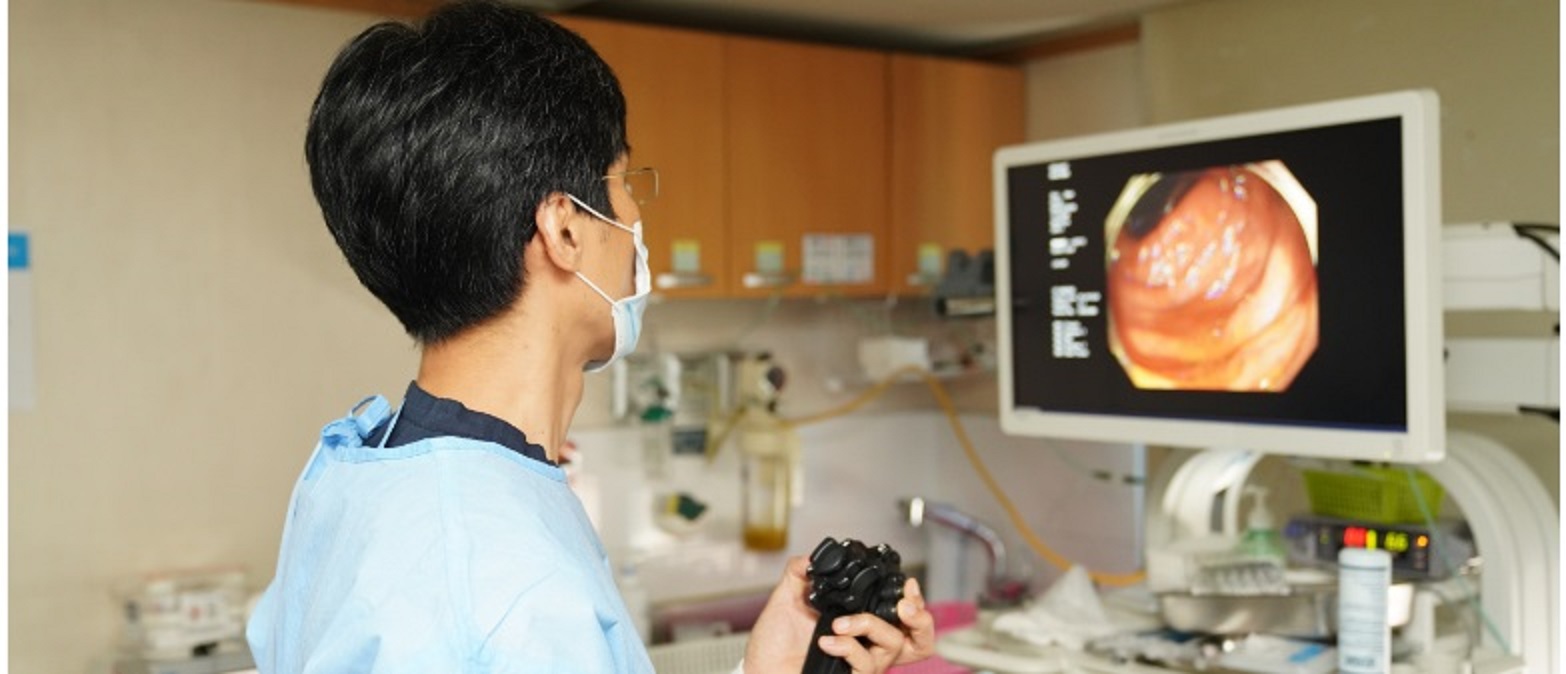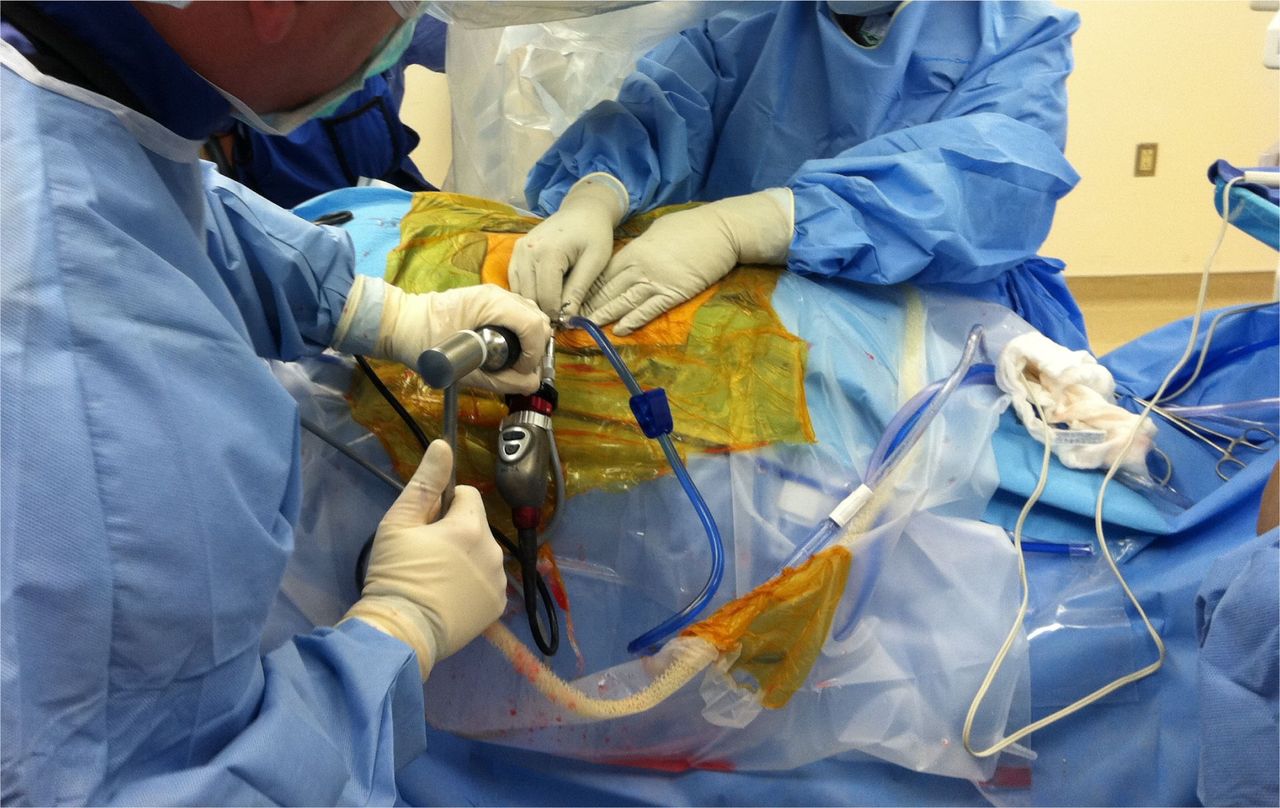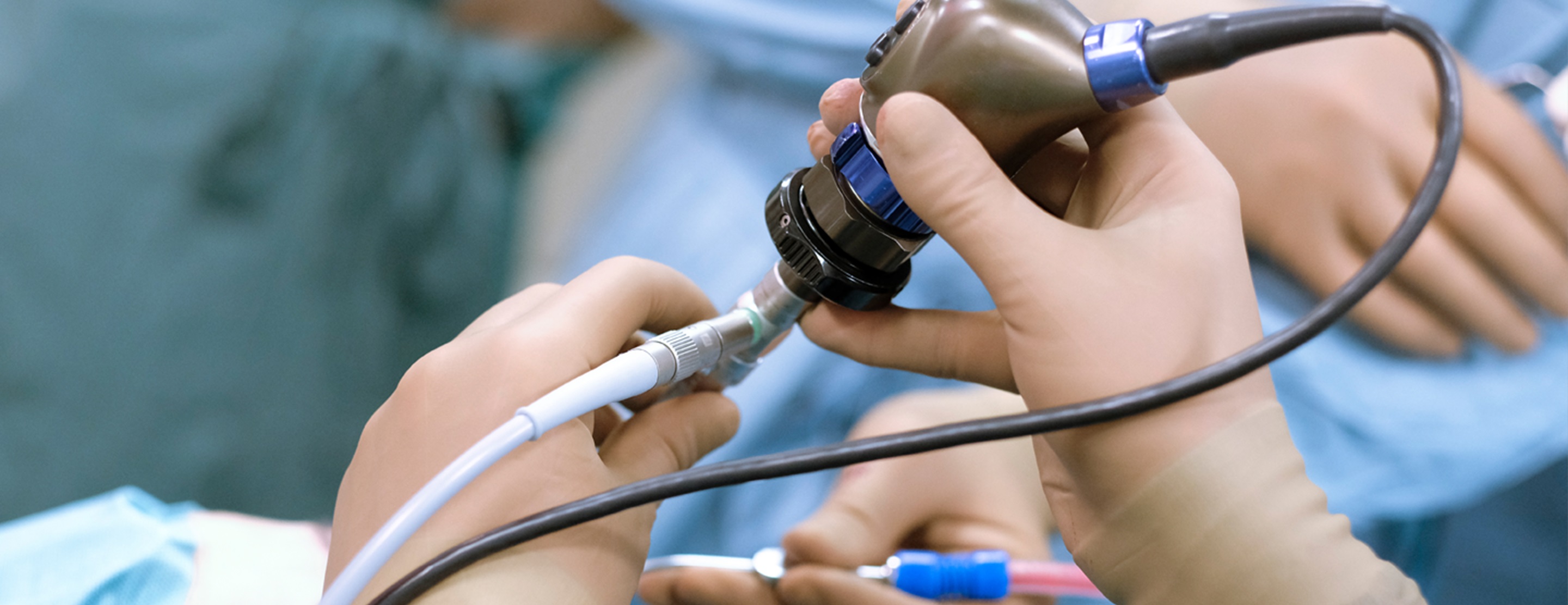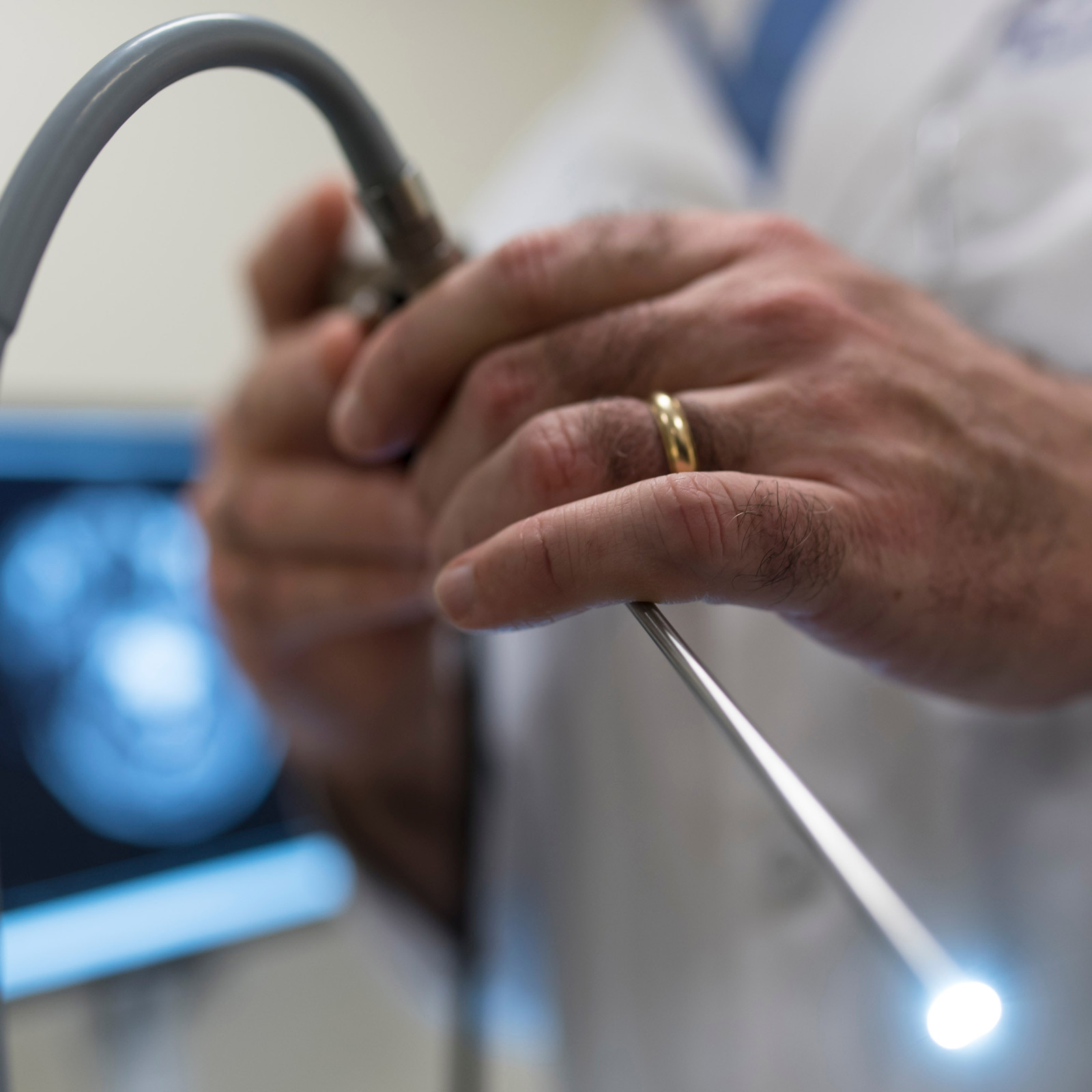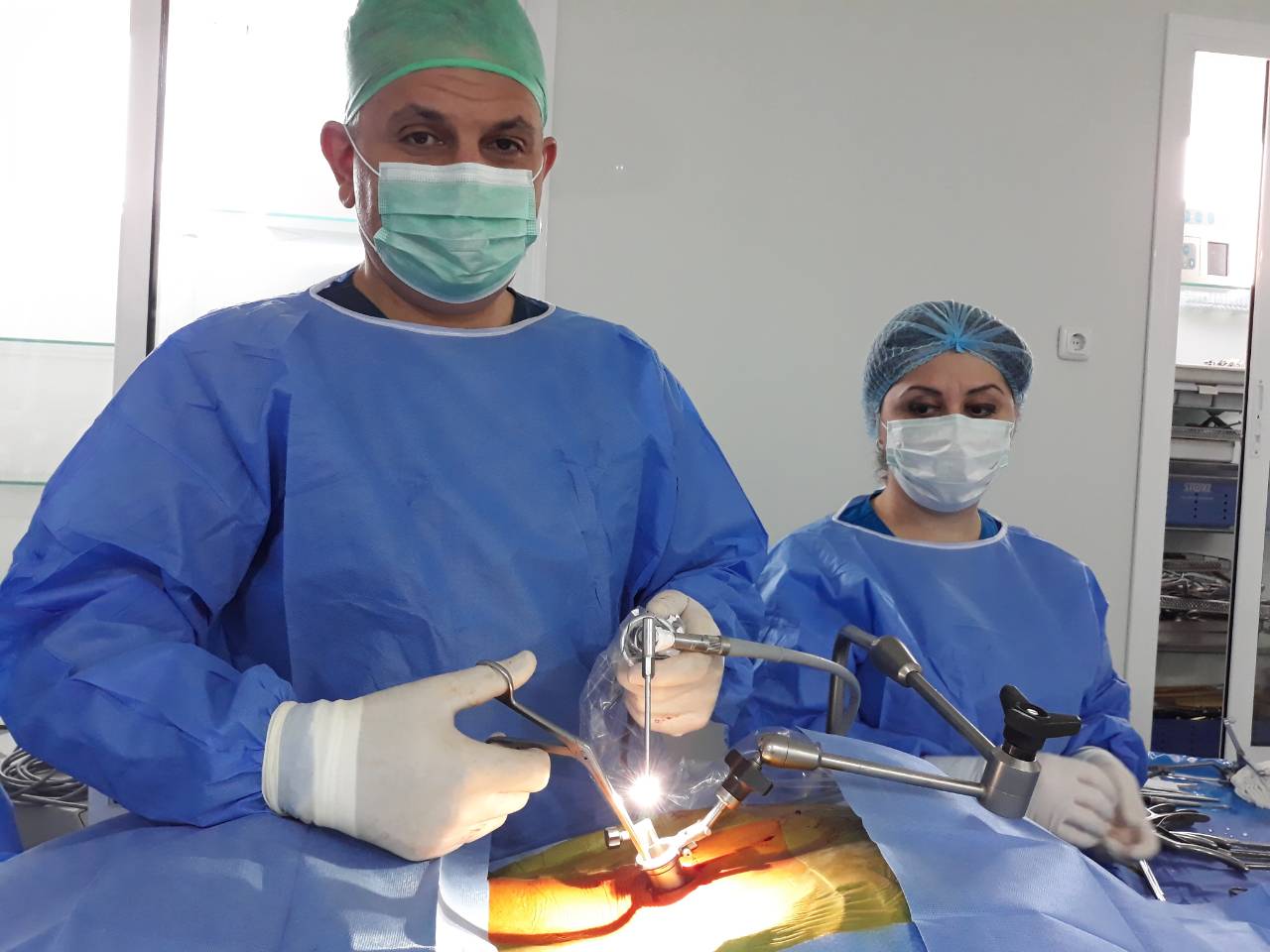Endoscopic Surgery in Iran Details
What is Endoscopic Surgery?
This minimally invasive procedure makes use of an endoscope (a tiny video camera) and specialized surgical instruments that are attached with the endoscope for operating on kidneys, bladder, and ureters.
The design of an endoscope is made in such a way that it can pass from the existing space in the body like urethra.
An endoscope in some methods is passed through a very tiny incision in the skin to the organ or for the specific area to be treated.
Endoscopy is used for several diseases of the urinary tract such as ureteral strictures, kidney stones, ureter, tumors within the kidney collecting system, ureteropelvic junction obstruction, and to eliminate obstruction in the kidney.
Endoscopy Approaches
Endoscopic surgery is required for treating a lot of urinary tract diseases such as ureteral strictures, kidney stones, tumors inside the kidney collecting system, ureter, ureteropelvic junction obstruction and relief from a blockage in the kidney.
Endoscopic surgery involves two major approaches.
Retrograde fashion is the very first approach. This specifies that it should be approached through the lower part of the urinary tract up.
A surgeon then connects ureteroscope (a fiberoptic scope) to a camera.
A surgeon then views the working of this scope on a monitor when it is being placed in into the bladder.
This camera is then advanced in one of the ureters.
This course is usually guided by either real-time x-ray or fluoroscopy.
A stent is then placed within the ureter that depends upon the disease of the ureter and is then connected to the kidney with the bladder.
This approach is used for bypassing any blockage, stones, or strictures that are drained out from the urine.
The laser is also sometimes used for breaking strictures or stones.
The recovery of a patient depends upon the specific disease.
Percutaneous or antegrade fashion is the next approach.
This is approached from the kidney from the skin.
It has been generally seen that a nephrostomy tube is already inserted into the diseased kidney.
A patient is then asked to lay down onto their belly and exposing their back.
A surgeon then expands the nephrostomy tube tract to around a nickel size diameter.
A surgeon then views the kidney by using a fiberoptic scope.
Using this tract, ureteropelvic junction obstruction, kidney stones, or tumors can be effectively treated.
A tube in the kidney is then left for draining clots, stones or urines.
The dye is then injected into the tube after some days.
The tube can be removed if the kidney is draining well.
The recovery period takes about 1-2 weeks after ureteroscopic surgery and 2-3 weeks after percutaneous surgery.
Types of Procedures
Ureteroscopy
Through this procedure, a proper assessment of the upper urinary tract is done.
An endoscope is used for this procedure which is passed through the bladder or urethra and then straightaway to the ureter.
Ureteroscopy is ideal for diagnosing and treating disorders like kidney stones.
This procedure is performed on an outpatient basis where the patient can return home after the assessment.
A thin and light scope is inserted into the ureter, urethra, and bladder.
Cystoscope
This procedure is performed for those patients who have a urinary problem.
A doctor uses a Cystoscope for viewing within the urethra and bladder.
Cystoscopy is the procedure where endoscopy of the urinary bladder is done through the urethra.
The Cystoscope helps in viewing the areas of urethra and bladder that cannot be viewed through x-rays.
Cystoscopy is recommended when a patient is facing the following conditions:
- Stones in the urinary tract
- Blood in the urine
- Chronic pelvic pain, painful urination or interstitial cystitis
- Recurrent urinary tract infections
- Removal of tumor, cancer or polyp
- Loss of bladder control
- Need for a bladder catheter
- Urinary blockages such as stricture, prostate enlargement or narrowing of the urinary tract
- Unusual cells discovered in the urine sample
Percutaneous Endoscopy
The surgical procedure performed for removing stones of the kidney by making about one-centimeter tiny incision through the skin is termed as percutaneous nephrolithotomy.
This procedure can effectively remove stones that are of 2 cm in size. These stones are removed and fragmented through the tube.
Endoscopic Surgery for Bladder Cancer
Superficial transitional cell carcinoma (a form of bladder cancer) is effectively treated with the help of transurethral resection (a type of endoscopic surgery).
The tumor within the bladder is located by using Cystoscope.
This tumor is then removed with the help of a small wire loop attached to the Cystoscope.
Endoscopic Surgery for Urinary Stones
The removal of urinary stones is done by performing endoscopic techniques of percutaneous, Cystoscopy, and Ureteroscopy.
A long and thin ureteroscope (a type of endoscope) is used carrying specialized surgical tools and a telescopic camera.
An endoscope is then inserted for treating urinary stones through the urethra to the bladder.
This is done for viewing the ureter.
A tiny basket is used for removing kidney stones that have entered the ureter.
To fragment these stones into pieces so that they can leave using urine, a long extended flexible laser-equipped fiber through the ureteroscope is used.
Endopyelotomy
Hospital assists the patients to undergo Endopyelotomy is a hassle freeway.
The Urological department is efficient and well organized.
There are different packages available for Endopyelotomy.
You need to stay at the hospital for this surgery for 3-4 days.
The surgery will be done under high-class medical supervision and at a low cost.
Please contact us for more information on Urology Treatment in Iran.

